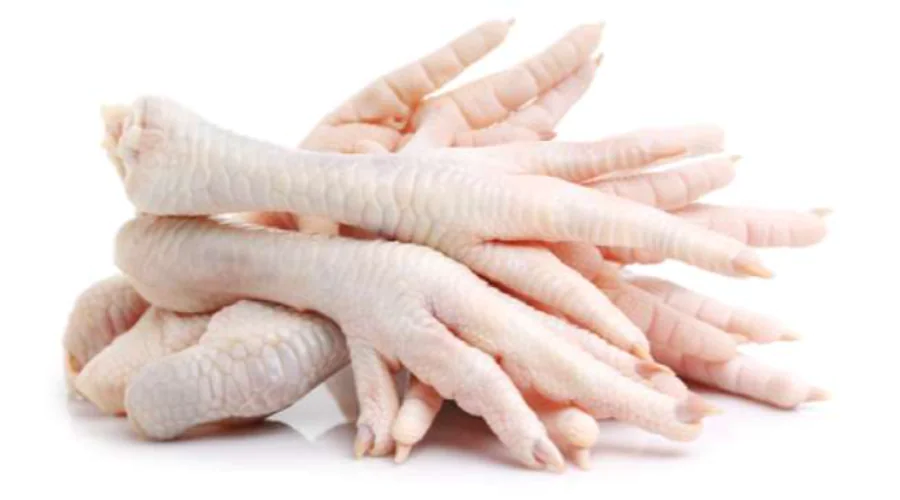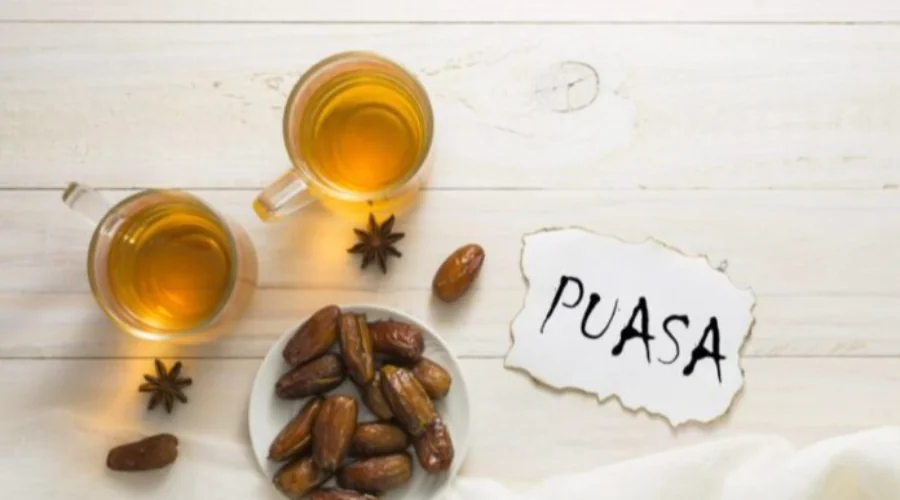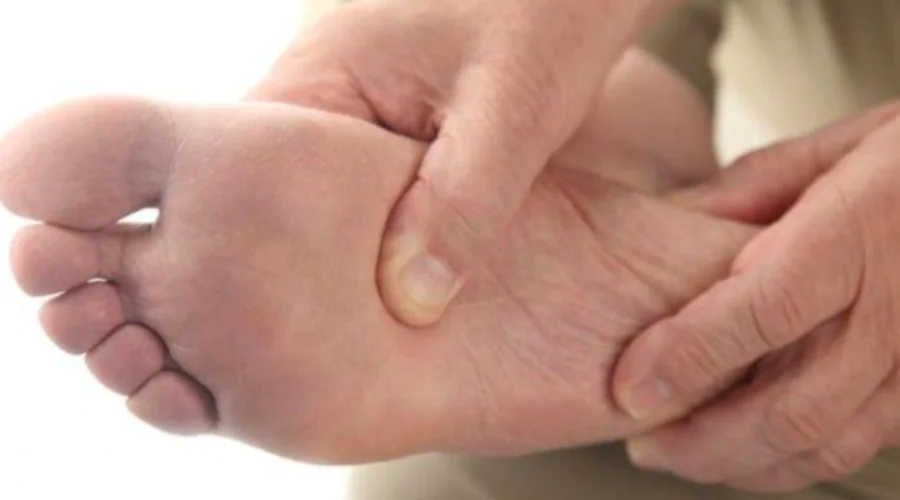
- 19 Sep
- 2022
Ilustrasi gambar (Shutterstock)
UM Surabaya Nutritionist: It's Danger of Too Frequent Consumption of Chicken Feet
Chicken feet are the remnants of slaughtered chicken after the carcass is taken. Chicken claw is a by-product of slaughtering chickens which has a lower economic value compared to other slaughter products such as head, viscera and neck.
Chicken feet, which are currently popular among young people, are processed with various types of preparations. Many franchises also offer chicken claw menus. Chicken claws can also be processed into snacks, for example claw chips and crispy claws which are used as snacks.
UM Surabaya Nutritionist Tri Kurniawati explained that the chicken feet had a water content of 65.08%, fat of 3.90%, protein of 20.10%, and ash content of 8.16%. Chicken feet are known to contain 19 amino acids including aspartic acid, glutamine, hydroxyproline, serine, glycine, histidine, arginine, threonine, alanine, proline, tyrosine, valine, methionine, cystine, ileucine, phenylalanine, tryptophan and lysine.
"The biggest component of chicken feet is collagen, which is 5.64% - 31.39% or 28.73 - 36.83% of total protein," said Tri Monday (19/9/22)
Chicken feet are known to have 29 different types of collagen from collagen with different polymeric forms. The type of collagen that stands out from chicken feet is collagen type 1 which has 3 polypeptide chains. Because of this, chicken feet have several benefits if consumed in reasonable quantities. The point is reasonable here is not too often and not too much.
"It is said often if consumption is more than three times a week and in an amount that is more than one portion and continuously," he added.
Chicken feet contain 5.5 grams of unsaturated fat per 100 grams or 60% of the daily requirement for adults and 100 grams of claws contain cholesterol as much as 84 mg or 20% of the daily requirement for adults.
"So if you consume chicken feet in large quantities or often, it will cause an increase in cholesterol which, if it occurs continuously, will cause the body to tire easily, and in the end, it can lead to hanging failure or stroke," Tri concluded.










(0) Comments